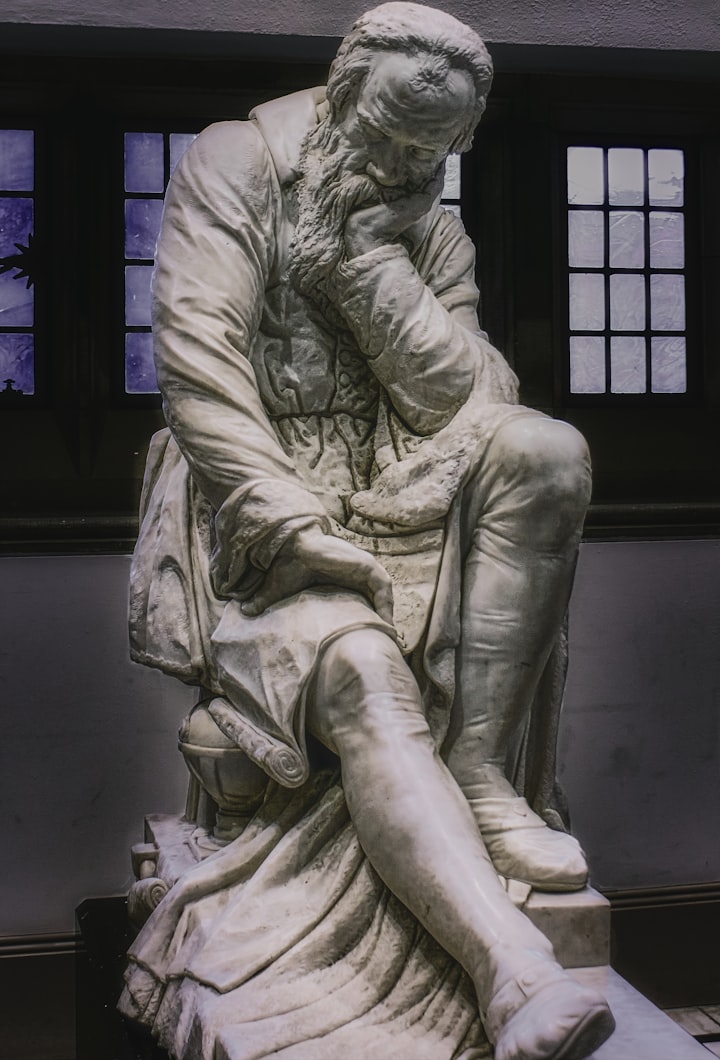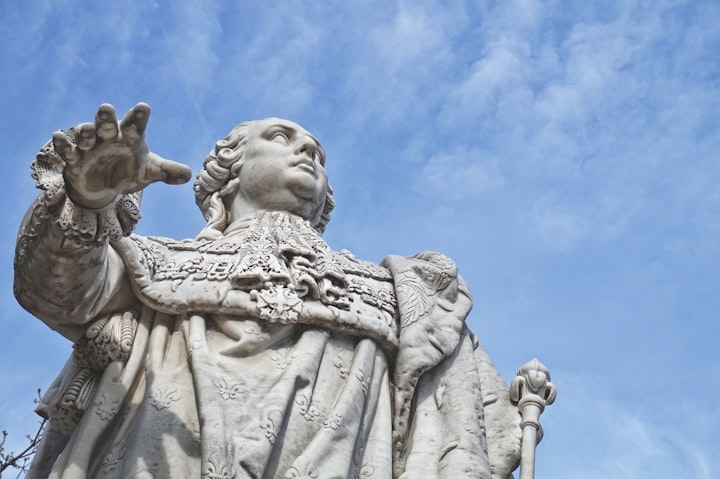Galileo Galilei life biography
Galileo Galilei life biography

The New New Sciences (1638) is a summary of Galileo's life and work in motion science, energy, and materials. In addition to the telescope and its many mathematical and scientific discoveries, Galileo built a hydrostatic equilibrium in 1604 to measure small objects.
In Pisa, Galileo immersed himself in mechanics, using his ideas to challenge the widely accepted theory of motion (Livio reminds us that Galileo did not take the famous test of throwing a ball into a city tower and finding that it fell at the same velocity regardless of its size). In 1604, Galileo reviewed his theory of relativism and established the law of global acceleration that all living things must obey. When Galileo invented the telescope in 1609, he began assembling corpses to support the Copernican belief that the Earth and the planets revolve around the sun.
Galileo was exposed at the University of Pisa in the vision of Aristotle, one of the world's foremost scientists, but the only one that was accepted by the Roman Catholic Church. In 1543 he began to discuss the evolutionary theory propounded by the Polish mathematician Nicolaus Copernicus, who said that the universe had no fixed center, and Aristotle insisted that the earth is in orbit around the sun. Galileo moved to the University of Padua in Italy in 1592, where he found himself in a state of freedom without the authority of Pope Francis.
Although Galileo espoused the idea of Aristotelian, then a leading authority on science and the only one authorized by the Roman Catholic Church, some scholars of his day were discovered by university professors. Galileo will influence scientists for decades to come, not out of his determination to discredit the Church and to defend its findings.
Sir Isaac Newton developed Galileo's work and developed his own ideas. Galileo Galilei (1564-1642) played a key role in the history of science and in many philosophical matters. Galileo Galilei (Galileo Galilei; born February 15, 1564, in Pisa, Italy; died 8 January 1642 in Arcetri, Florence) was an Italian naturalist, astronomer, and mathematician, who made important contributions to the movement of motion and astronomy. . of the scientific method.
Galileo Galilei (1564-1642) and his role in promoting the Copernican ideology, as well as his efforts and trials by the Roman Church, are issues that need to be reconsidered. This article seeks to give an overview of Galileo's life and work, focusing on new ways of understanding his arguments about the nature of the story.
Italian astronomer Galileo Galilei presented a series of scientific discoveries that laid the foundations for future scientists. His studies of motion laws and improvements in telescopes have influenced his understanding of the earth and the world around him. Galileo Vincenzo Bonaiuti de Galilei studied the force and speed of gravity, free falls, relational terms, inertia, and projectile movements, and applied science and technology to the design of pendulum and hydrostatic equilibrium structures.
Galileo, named after his Medici family after the month of Jupiter, obtained a job as a mathematician, philosopher, and physicist of physics from Grand Duke of Tuscany and was able to return to his homeland. This offended his friends in Venice, who tried to take him to Padua for a few months.
When Galileo died on January 8, 1642 (for details on this date see Machamer 1998b, 24-25), he was a very famous man in Europe. Although born into such things as science, at the time of his death science was on the verge of becoming an independent council with ideas, methods, and a complete philosophical system.
In mathematical physics, developed by Galileo, Galileo calculated the law of falling free, developed the principles of inertia to determine the fullness of projectile and promoted the coherence of movement. However, he was mistaken in assuming that the force at work in the body was related to the difference between the force of gravity and the force of motion.
He wrote to his friend Paolo Sarpi, a well-known mathematician and adviser to the Venetian government, but his letters indicate that he was aware of his mistake at the time.
In fact, he returned to work with a view to movement and studied the pendulum tilt plane over the next two years, developed a proper law for falling corpses, and found that projectiles followed a simulation method. He did not stay in this position for a long time but when his scientific and mathematical abilities became apparent and he was promoted to chair of mathematics at the University of Pisa in 1589, he was 25 years old.
He worked for three years at the University of Pisa before moving in 1592 to the University of Padua in northern Italy. Here he lived in the city, where he taught mathematics, physics, and astronomy and did many important scientific things. He also became a skilled telescope maker and made money by selling telescopes to Venetian dealers eager to see which ships came the fastest to make money in the coming market.
His formation of circular inertia - the law of falling bodies with symbolic means - marked the beginning of a major shift in motion research. His insistence that natural resources should be written in mathematical language changed the nature of natural philosophy from oral representation and quality to mathematics and that experimentation became a well-known way of finding facts about nature.
Greek philosophers had already discovered many aspects of the multiplicity of infinity, but it was not until the Middle Ages that mathematicians made several detailed discoveries about infinite mathematics. The medieval history of mathematical evolutionary science is incomplete; not to mention the fact that Galileo was the first to discuss important infinity symbols.
A limited portion of mathematics was associated with music and natural sciences, and Galileo regarded his father, Vincenzo Galilei, a physicist, as an extension of the science.
It was written in mathematical language and its letters (triangles, circles, and other geometric figures) and the mathematical analysis of Galileo was a continuous development of the culture of the late natural philosophers, from whom Galileo learned his philosophy. Galileo was one of the first modern thinkers to declare the natural laws of nature. His work contributed to the clear division of philosophical and religious sciences, a vital development of human thought.
About the Creator
Sita Dahal
Hello, I am Sita Dahal, I am an artist and love roaming around the globe.





Comments
There are no comments for this story
Be the first to respond and start the conversation.